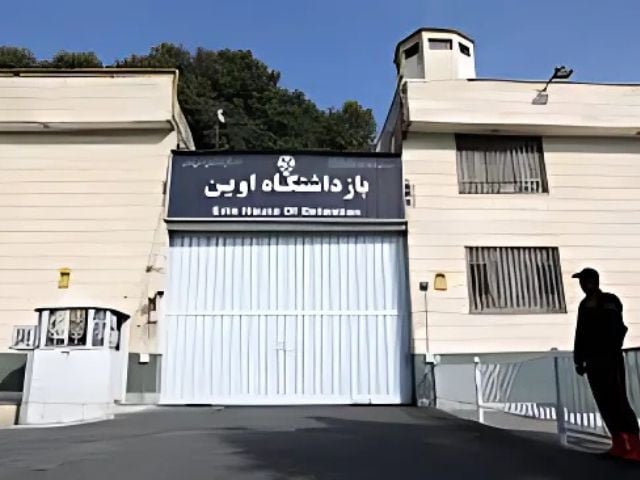Escalating Tensions: A Closer Look at the Recent Israel-Iran Conflict
The recent airstrikes in Iran have sparked heated discussions globally. On June 23, an Israeli attack on Evin Prison in Tehran resulted in the tragic loss of 71 lives. This incident marked a significant shift in Israel’s military strategy, moving beyond targets of nuclear and military significance to iconic symbols of Iran’s governance.
Reports indicate that among the casualties were administrative staff, military service members, families visiting detainees, and even nearby residents. Such a wide-ranging impact highlights the complexity and scope of modern warfare, where political, social, and humanitarian facets intertwine. The Iranian judiciary spokesperson, Asghar Jahangir, confirmed the damage to the prison’s administrative segment and noted that detainees were subsequently relocated to other facilities in Tehran.
The strike has raised alarms internationally, particularly for nations with citizens detained in Iran, such as France. Their Foreign Minister, Jean-Noel Barrot, voiced concerns for the safety of two French nationals, emphasizing the unacceptable risks posed by military actions in densely populated areas.
Following the strikes, Iran organized a mass funeral for high-ranking officials killed in the preceding clash. This massive show of mourning, taking place in Enghelab Square, was attended by thousands, exhibiting a strong sense of national unity in the face of escalating violence. The significance of such a ceremony cannot be underestimated; it reflects deep emotional and cultural responses to loss within the context of mounting conflict.
The conflict, described as a "12-day war," began on June 13 with unprovoked Israeli airstrikes targeting Iranian military and nuclear sites. This initial barrage led to substantial casualties and destruction, with reports of over 600 fatalities and thousands injured on both sides. Significant infrastructure, including hospitals and emergency units, suffered extensive damage. The toll has been particularly tragic, encompassing the loss of young lives, including that of a two-month-old infant.
Iran retaliated fiercely, launching hundreds of missiles at Israeli territories, which resulted in casualties in cities like Tel Aviv and Haifa. The intensity of the exchanges was striking, with each nation employing sophisticated military capabilities, including drone strikes and ballistic missiles.
On June 22, the United States participated by targeting Iran’s nuclear facilities, escalating an already tense situation. A ceasefire was brokered shortly after, illustrating both nations’ willingness to seek a reprieve from violence, albeit with mutual threats of further action if provoked.
As we analyze these developments, the human cost is often lost in the noise of military strategy and political maneuvering. Almost nine million people were displaced during this conflict, seeking safety in northern provinces away from the urban centers that have become war zones.
Understanding these complexities is crucial. As we remain connected to global events, it’s essential to foster conversations around peace, diplomacy, and the human experiences behind the headlines. If you’re interested in exploring deeper insights about international relations and their implications, consider engaging with platforms like Pro21st, where discussions go beyond news and foster understanding.





